Did you know that a Blue Moon is not actually blue? And that there are two definitions for what a blue moon actually is? The more modern definition of a blue moon says that it only occurs when there are two full moons in a calendar month. Since a full moon occurs about every 29 days, it’s bound to happen. According to this definition, the next Blue Moon will occur in January of 2018. But … [Read more...]
Mars {InstaScience}
Mars is one of those planets that we can easily spot in the night sky, thanks to its red color! Mars gets its color from the iron oxide that is found on the planet's surface. Mars is the fourth planet from the sun, just after our planet, Earth. Like Earth, Mars has volcanoes, canyons, and polar ice caps. However, Mars is quite a bit drier and cooler than our planet. This planet is one of the … [Read more...]
Gneiss {InstaScience}
[Photo Credit - Siim Sepp, used with permission under Creative Commons] As I write this, I have just finished another set of outlines for volume 5 in the Sassafras Science series. This one is all about geology, in other words, volcanoes, earthquakes, and rocks. One of the rocks that really caught my eye this time around was gneiss and I thought that I would share about it with you all this … [Read more...]
Lilacs {InstaScience}
We have this incredibly huge lilac bush in the back of our property. We estimate that it is over 80 years old. And every spring it is literally covered in sweet smelling blooms. It’s akin to something you would find in a novel and definitely something we look forward to year after year. The lilac is a bush that is typically grown for its beauty and smell as well as its ability to offer shade … [Read more...]
Tulips {InstaScience}
Spring is in the air! Flowers are blooming and bees are buzzing! One of my favorite parts of spring are the bounty of blooms that are popping, brightening the landscape with their color. And the tulip is the queen of these spring flowers! Tulips bloom between March and May and they hold the spot of the most sought after spring flowers. These plants are part of a group of bulb flowers, … [Read more...]
Iridescent Clouds {InstaScience}
Iridescent, a.k.a. rainbow, clouds are a beautiful phenomenon often seen during the winter months. The rainbow forms as ice crystals in the cloud cause the light to be split, just like a prism would. Fun Fact - The term iridescent comes from the Greek goddess, Iris, who was the personification of a rainbow. Follow Elemental Science on Instagram Teaching Science at Home Want to learn more about … [Read more...]
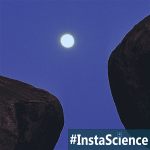
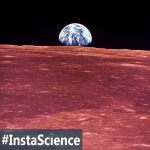
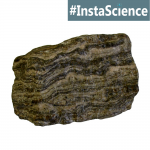
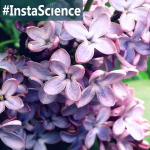
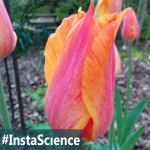
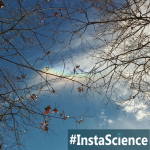


Join the Community!